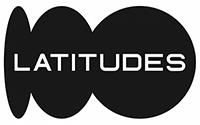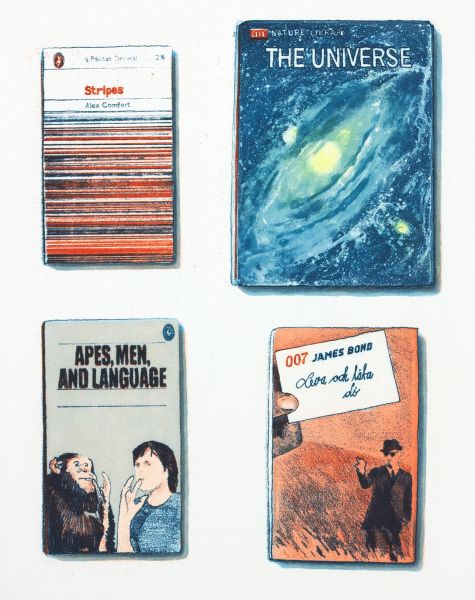Stripes
Store Review (0)PRESENTED BY : Warren Editions
| Frame | None |
|---|---|
| Edition Size | 20 |
| Medium | Softground etching, spitbite-, wash-resist aquatint, aquatint and burnishing on Zerkall Intaglio 250gsm |
| Location | Cape Town, South Africa |
| Height | 49.00 cm |
| Width | 38.00 cm |
| Artist | Tom Cullberg |
| Year | 2009 |
Tom Cullberg's prints are an extension of his paintings that explore aspects such as narrative, intimacy and the transient. Cullberg referenced his paintings and found images as starting points for his prints. Unsurprisingly, colour was vital in the production of these prints. Many trial proofs were pulled to establish the right colour. The prints were constructed layer upon layer until a reality emerged that conveyed the prints’ physicality and the objects portrayed.
Born in Stockholm, Sweden, Cullberg attended the Michaelis School of Fine Art and continued living in Cape Town after his studies; today, Cullberg is seen as a South African artist. Cullberg has had thirteen solo exhibitions at Brundyn + and João Ferreira Gallery in Cape Town. As well as in Stockholm and Milan. Barnard Gallery in Cape Town represents the artist.
Cullberg used aquatint to make his etching, Stripes. Aquatint is Aquatint is a way of making tones. Despite the “aqua” in its title, the aquatint process does not involve water. It was invented in the mid-eighteenth century to simulate the effects of ink and wash drawings. With aquatint, one can capture a complete tonal range from a hint of a tone to mid-tones to shadows and extreme darks. Aquatints can be airy like those in the etchings of Paula Rego and velvety like those in the etchings of Pablo Picasso. Francisca Goya benefitted from aquatint’s ability to achieve darkness in tone and content.
To make an aquatint, a dense collection of tiny grains of gum rosin is melted onto a metal plate, which then functions as a porous ground; each grain or clump of grains becomes an island that protects the plate, which the acid will bite around.
The most common means of applying the grains is with an aquatint box, made for creating and containing a rosin dust storm. After the dust storm is created, the plate is slipped into the box to collect the grains as they fall. The plate is taken out and heated to melt the grains to adhere to the plate once cooled.
Stripes is the first print of the series The Formative Years.







